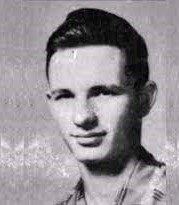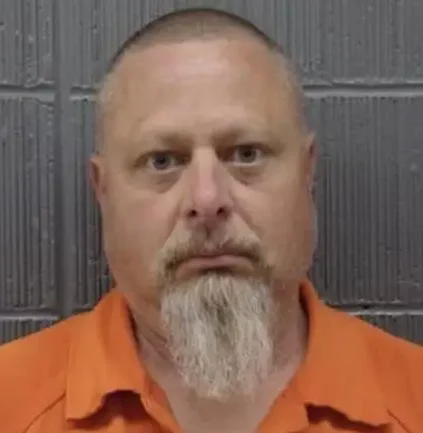


On the eve of a blizzard in January, 2022, Karen Read and John O’Keefe went out drinking with some friends at two bars in Canton, Massachusetts. At around midnight, one of the friends invited the group back to his place on Fairview Road. Read who allegedly consumed between four and nine drinks that evening, drove O’Keefe to the friend’s house, arriving around 12:24 a.m. By 12:37 a.m., Read had left and driven to O’Keefe’s place by herself, and left him voice mails: “John, I fucking hate you!” In another voice mail, recorded about a half hour later, Read screamed, “You fucking pervert! You’re a fucking pervert!” Seven minutes later: “You’re fucking another girl!” There was more. Read called O’Keefe fifty-three times in total that morning. Sometime before 5 a.m., after about six inches of snow had accumulated in Canton, Read phoned one of his friends, Kerry Roberts, who later testified that Read screamed, “John’s dead!” According to Roberts and another friend, Jennifer McCabe, Read was semi-coherent, hysterical and erratic, and, at first, told she had left O’Keefe at the bar. McCabe reminded Read that her S.U.V. had been parked outside the Fairview Road house a few hours before. When the three women drove back together to Fairview Road—the sky black, snow churning, roads and visibility terrible—Read immediately spotted O’Keefe lying in front of the house, dying or already dead beneath a mound of snow. Multiple witnesses recalled Read exclaiming, repeatedly, “I hit him!” Earlier, Read had pointed out that her car’s tail-light had been broken, suggesting that she might have backed the vehicle into O’Keefe as she was dropping him off at the house. When officers measured Read’s blood-alcohol level later that morning, more than eight hours after she had left the bar, it exceeded the legal driving limit.
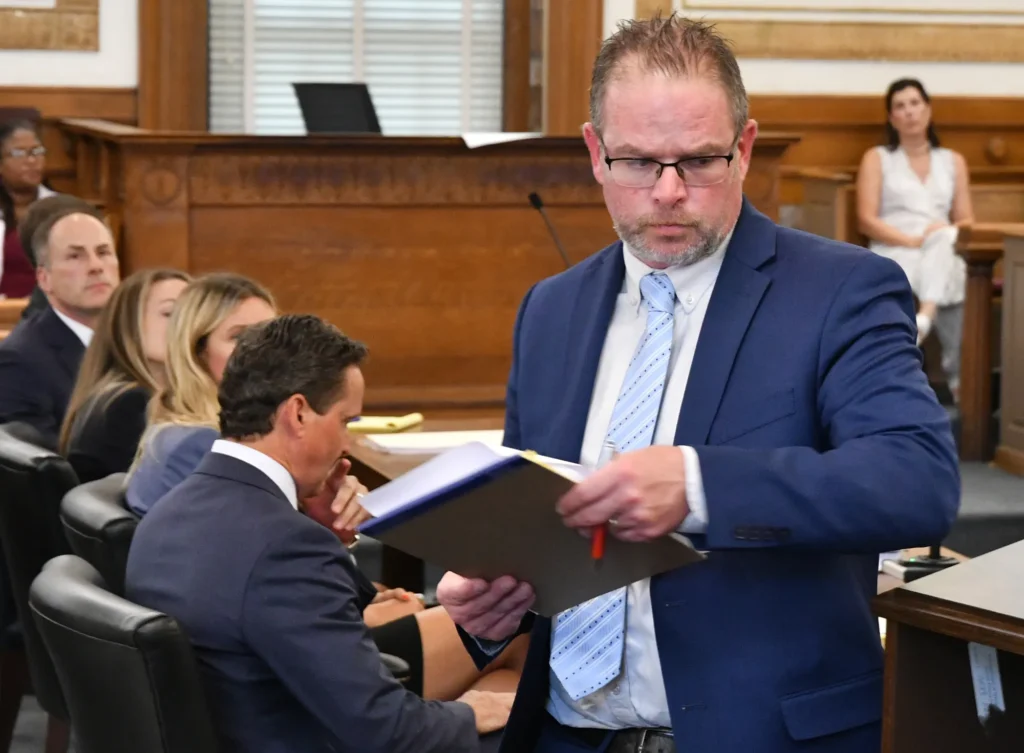
The prosecution had witnesses who testified to their difficult relationship they witnessed during Aruba vacation. Karen was jealous and was screaming in public, and John was allegedly sad and frustrated. The prosecution also showed messages between John and Karen on the day of the murder, proving that their relationship was almost over. Her messages with ATF agent Higgins were also used as a proof. She initiated flirting and he insisted that she was in a relationship. According to his testimony, she went to his place, but he didn’t want a casual sex.
“Are you serious or messing with me?” Higgins replies.
“No I’m serious,” Read says.
Higgins then said that after watching a Patriots game at O’Keefe’s house on a Saturday night in January, Read “planted a kiss” on him.
“Not like a friend,” Higgins testified. “Lip to lip.”
In another series of messages, Read texts Higgins “Come over to my house.”
Read told Higgins she never wanted kids and texted about how O’Keefe taking care of his niece and nephew were complicating their relationship.
In one message, Higgins told Read he assumed she was happy with her situation.
“I was. But things have deteriorated,” she replied.
Read also texted Higgins that O’Keefe had shown her video of her interacting with Higgins.
“He’s like ‘Christ, are you guys hooking up??'” Read’s message says.
The weeks of texts show Higgins constantly asked what Read wanted from him. He was single and told Read he wanted “the real deal,” but says he was confused.
“I’m not proud of these text messages, it is what it is, I take responsibility for them. But John was a friend at the same time … If they were at the end of their relationship, they were at the end of their relationship. But I wasn’t going to have somebody utilize me and weaponize me against someone that I liked. It was just a weird experience.”
She stopped texting him or “ghosted him” after some time, according to the defense. He sent her a message at the night of the murder, while they were all in the same bar. “Hey.”
The last message shown in court between the two was Read texting Higgins, “John died.”
Attorney Alan Jackson was very skillful at introducing Higgins as someone who was in love with Karen, but rejected which gave him the motive. He introduced many other suspects and police corruption. Read’s attorney claims she’s being framed by a corrupt investigation.
Investigators found pieces of a tail light at the crime scene, they said was from Reed’s car.
A medical examiner later determined that O’Keefe had suffered blunt-force head trauma and that hypothermia had contributed to his death. The tragedy of O’Keefe’s death was heightened by the mystery of whether he might have been saved had he been found and treated earlier.
The state’s case against Read did have weaknesses. People were in and out of the Fairview Road residence for hours on the night of O’Keefe’s death, yet there is no eyewitness account of Read’s S.U.V. striking O’Keefe. Brian Higgins, an A.T.F. agent who had been flirting in person and over text with Read, left the residence at some point after 12:30 a.m., but said that he did not see O’Keefe lying on the ground. Five other guests who left the house in the early-morning hours said the same (although one recalled a “black blob” of some kind). The snowplow driver who cleared the area around the house in the wee hours of January 29th didn’t see O’Keefe, either.

Blood was collected from the scene in red Solo cups and placed in a Stop & Shop bag. One police lieutenant trawled for evidence using a leaf blower. Karen Read’s defense insisted that she never struck O’Keefe and argued that Read had been framed for murder—that O’Keefe was badly beaten inside the Fairview Road residence after Read dropped him off, and then he was dumped outside, or maybe attacked by a dog, or both; the medical examiner determined that O’Keefe had no major injuries below the neck, but he did have lacerations to his arm that, according to expert testimony, appeared to be dog bites or scratches. Stranger still was the whirl of phone calls in the early-morning hours of January 29th among McCabe, Higgins, Albert, and Albert’s wife. These calls were, according to the witnesses, mostly “butt dials”—even the ones that didn’t go to voice mail. Albert implied on the stand that he was being “intimate” with his wife at a moment when records show he “butt-dialled” Higgins; in a delightful coincidence, Higgins butt-dialled him back. Albert disposed of his phone the day before a court order was issued compelling him to preserve its contents. (He said he’d simply traded it in for a newer model.) Higgins went so far as to destroy his phone and SIM card and leave them in a dumpster on a Cape Cod military base. (He claimed that the target of an investigation had got hold of his personal number.) McCabe was part of the bar-hopping group on January 29th, gave O’Keefe directions to Albert’s house, and repeatedly texted and “butt-dialled” O’Keefe when he didn’t show up. According to an expert analysis of McCabe’s phone, at 2:27 A.M.—hours before O’Keefe’s body was discovered.

During cross-examination, one of Read’s attorneys Alan Jackson asked the state trooper who was tasked with reconstructing the alleged crash. On the stand, Paul admitted to having only rudimentary knowledge of kinematics, could not identify kinematics as a subfield of physics, and could not parse a definition of the word “acceleration.” How, Read’s lawyer asked, after O’Keefe had allegedly been struck by a two-ton vehicle, did his cell phone end up beneath his body? “It just did,” Paul testified. Before Read’s trial had even begun, the U.S. Attorney’s office in Massachusetts launched an investigation into how law enforcement had handled the O’Keefe case. An engineering consulting firm hired by the Department of Justice to reconstruct the alleged crash concluded that O’Keefe’s injuries were not consistent with being struck by a vehicle. One might have expected a vigorous probe into the death of O’Keefe, given that he was a Boston police officer. But so, too, was Brian Albert, the owner of the Fairview Road house. Oddly, even though Albert had invited a fellow-cop to his home who was later found dead on the lawn, his residence was never searched for evidence. Nor was much interest taken in the Alberts’ dog, a German shepherd, despite the injuries to O’Keefe’s arm; the family rehomed the dog a few months after O’Keefe’s death. And, while Albert was trained as a first responder, he was not roused from his bedroom while E.M.T.s and police were gathered in front of his house on the morning of January 29th. Less than twenty-four hours after O’Keefe was pronounced dead, the lead investigator on the case, a Massachusetts state trooper named Michael Proctor, shared his peremptory impressions of Read over texts with friends, which he was forced to read aloud on the stand. Read was, in Proctor’s estimation, a “whack-job cunt” with a “weird Fall River accent” and “no ass.” “Zero chance she skates,” he predicted. “She’s fucked.” He joked about hoping to find nude photos on her phone, mocking her Crohn’s disease: “She’s got a leaky balloon knot. Leaks poo.” Karen Read also suffers from multiple sclerosis. In a reflective moment, Proctor also said, “Hopefully she kills herself.” Proctor was leading the investigation into O’Keefe’s death, in which Brian Albert was a key witness, Proctor also worked a case with Albert’s brother, Kevin, a cop in Canton. One summer’s night, the two comrades went out for beers, then drove home in Proctor’s police cruiser. The next day, Proctor texted his colleague: “Found your badge in my cruiser this morning.” In return texts, Kevin Albert asked if he’d left his gun in the car, too, and complained about his hangover: “It’s bad!! I was hung over for sure today!! Couple tonight to make me feel Good.”
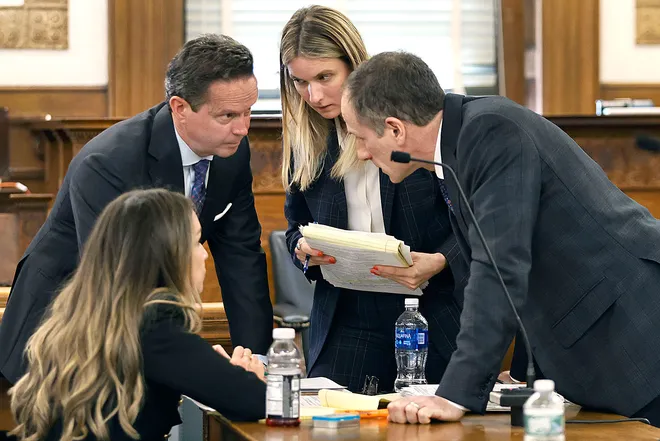
“Hos long to die in cold?” On the stand, McCabe, Brian Albert’s sister-in-law, firmly denied making the “Hos long to die in cold” search at 2:27 a.m. She maintained that she had actually done that Google search hours later, only after they’d found the body, and at Read’s specific request. Experts for the prosecution and for the defense, said different things.
After a nine-week trial and five days of deliberations in a Norfolk County courthouse, just outside Boston, jurors remained deadlocked. A judge declared a mistrial on July 1, 2024.

After prosecutors vowed to retry Read, a judge scheduled a new trial for spring 2025.
Her lawyers have asked the judge to dismiss those charges, saying in court filings that jurors unanimously agreed to acquit Read on two of the charges, including murder. On Aug. 23, 2024, the judge overseeing the case denied the defense’s request, saying the jurors never said they’d reached a verdict in open court.
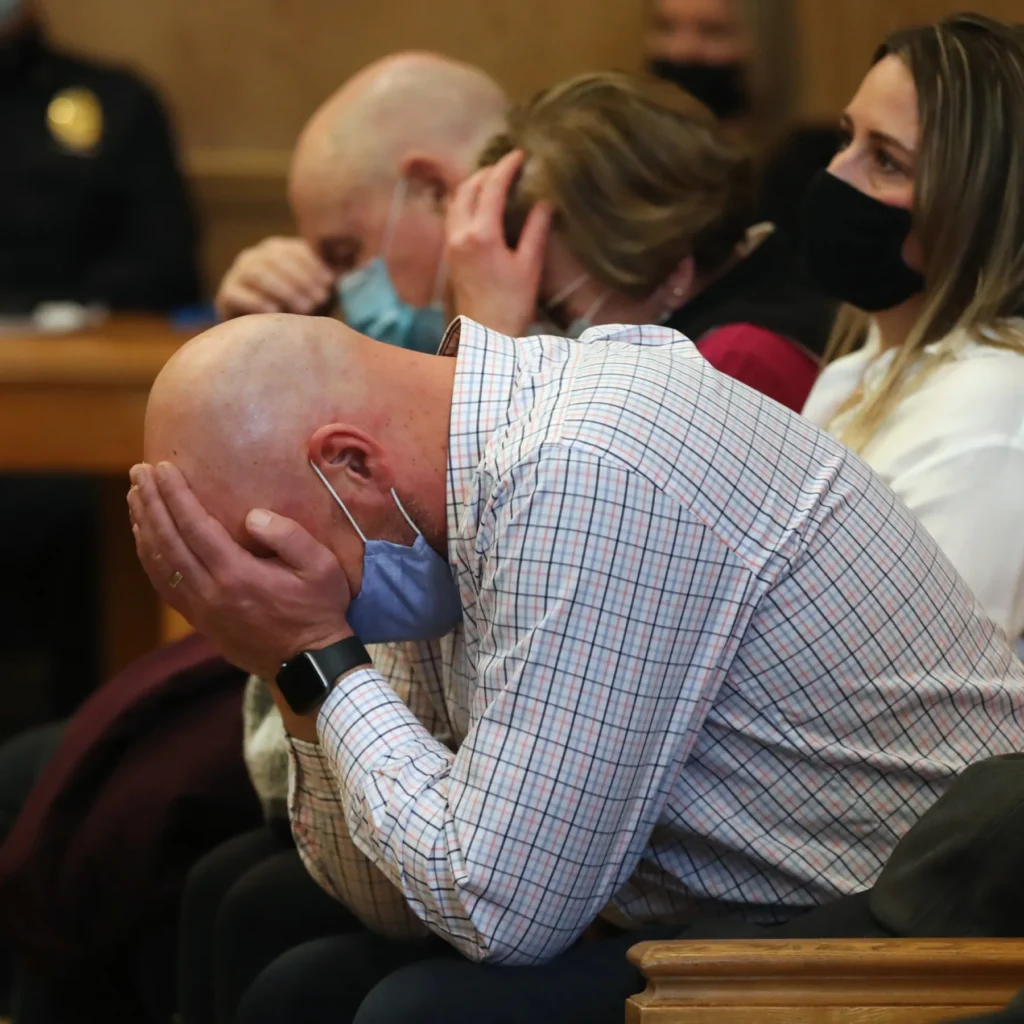
John O’Keefe’s family is filing a wrongful death civil suit. They believe that Karen Read killed John O’Keefe.

Norfolk District Attorney Michael W. Morrissey announced last fall that he was appointing Hank Brennan to serve as special assistant district attorney to prosecute the case.
Brennan is a former prosecutor in Essex and Suffolk counties who now works primarily as a defense attorney. He represented mobster James “Whitey” Bulger in his federal murder trial in Boston. Brennan also serves as an adjunct professor at Suffolk University Law School.
Karen Read decided not to testify at the last trial. In the meantime, she gave many interviews. The prosecutor is using her statements against her in court.
Prosecution Strategy:
Intentional Act: Argue that Read intentionally struck O’Keefe with her SUV and left him to die.
Recklessness: Claim Read’s actions were reckless, fueled by intoxication or anger, and show that she abandoned the victim.
Fleeing the Scene: Focus on the narrative that Read knew she hit O’Keefe and consciously fled without helping.
Defense Strategy:
Alternative Explanation: Suggest O’Keefe was assaulted inside a house and placed outside before being struck by the vehicle.
Undermine Intent: Argue that the incident may have been an accident or the result of a different cause (e.g., a dog attack).
Investigative Bias: Claim the investigation was flawed and biased, possibly due to police protecting one of their own.
Framing Theory: Imply that Read is being unfairly framed, with police possibly covering up for a fellow officer.
